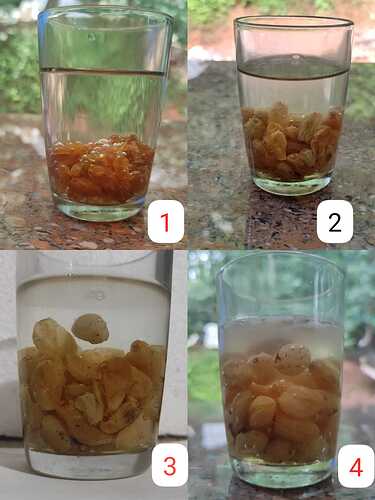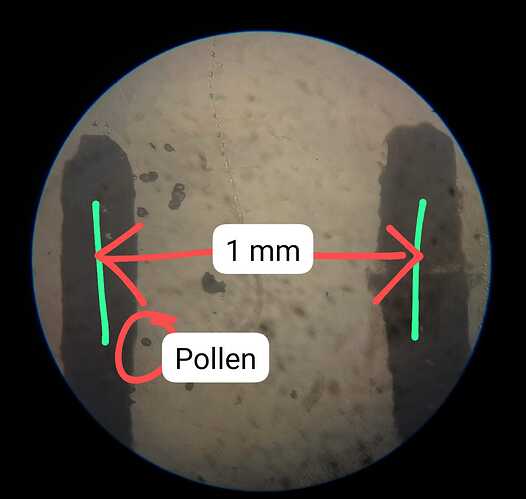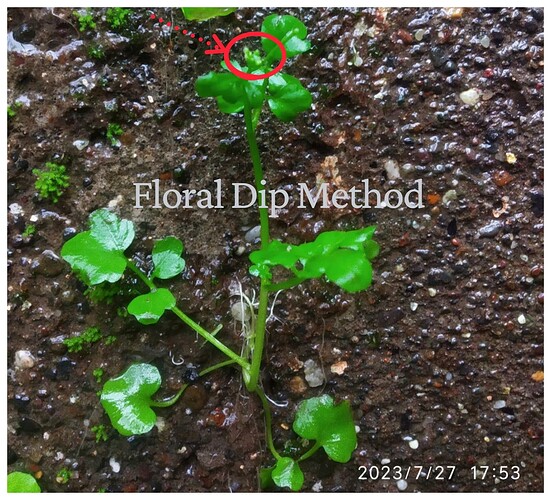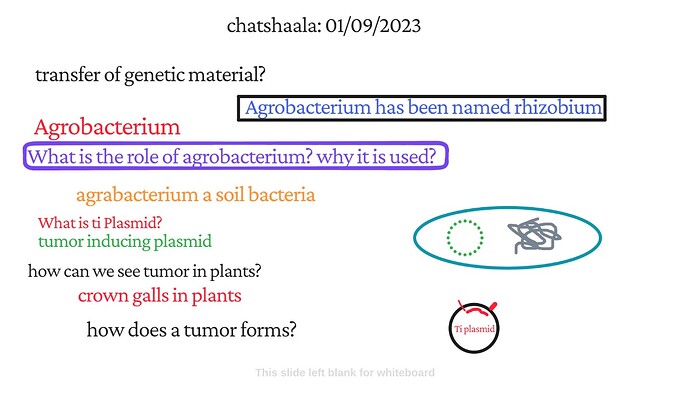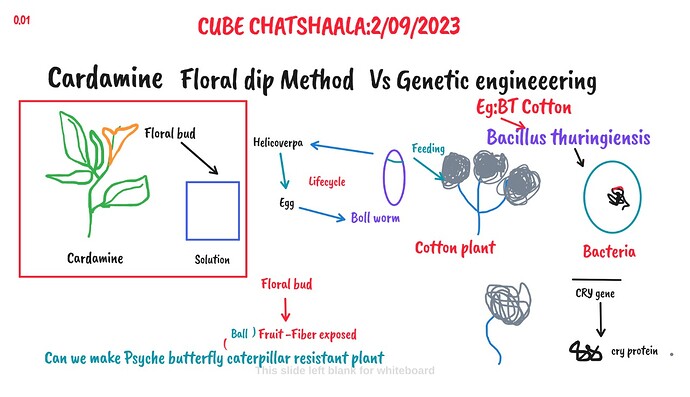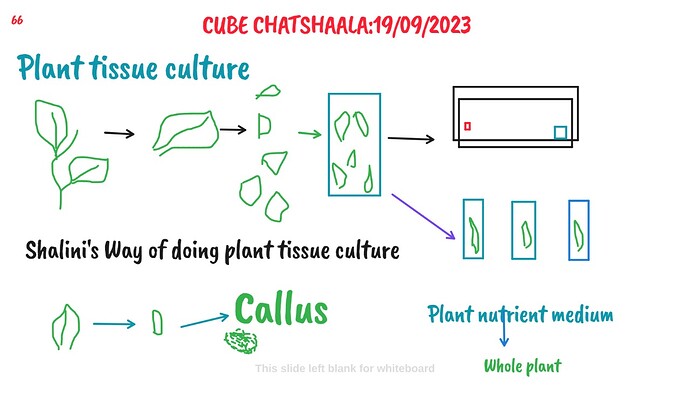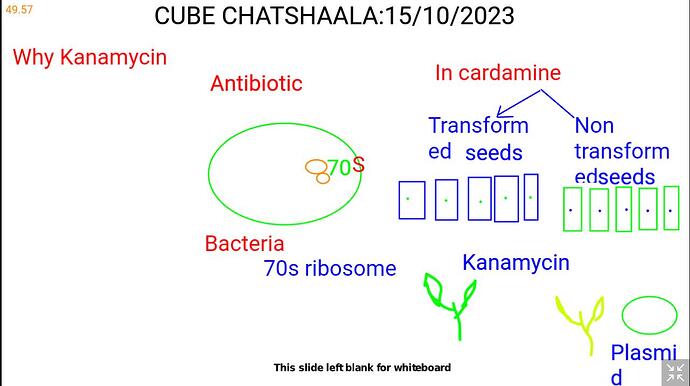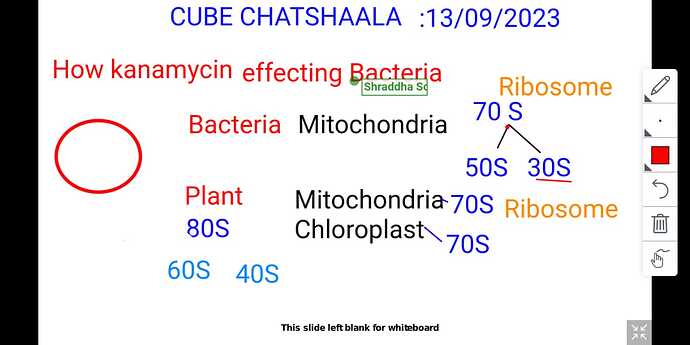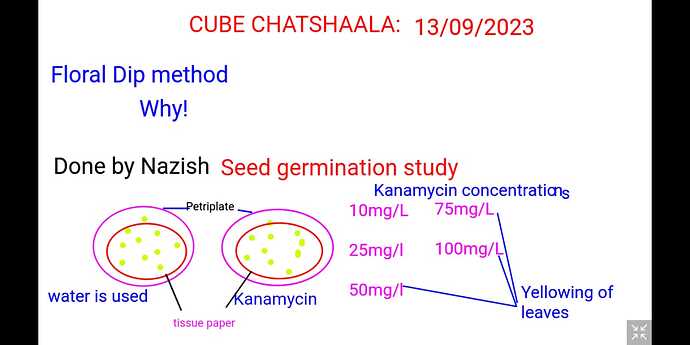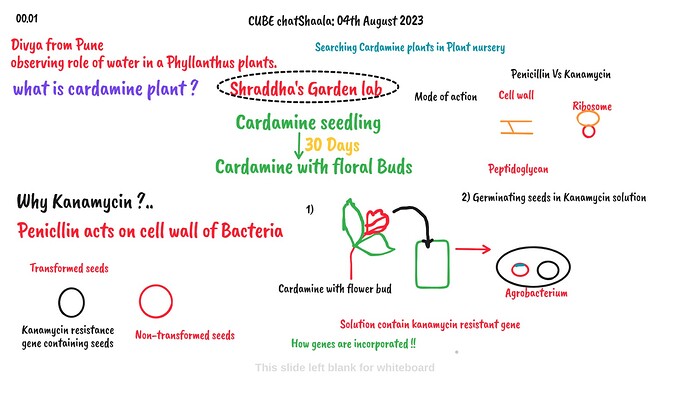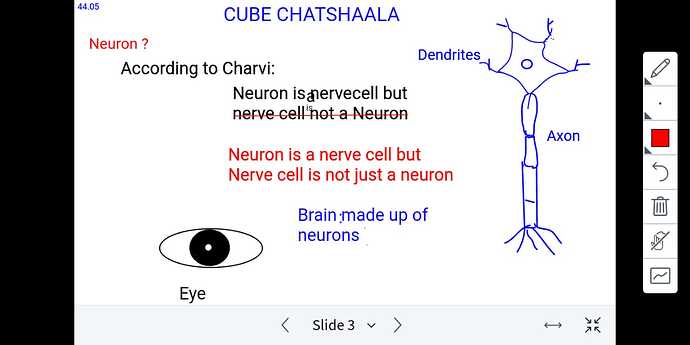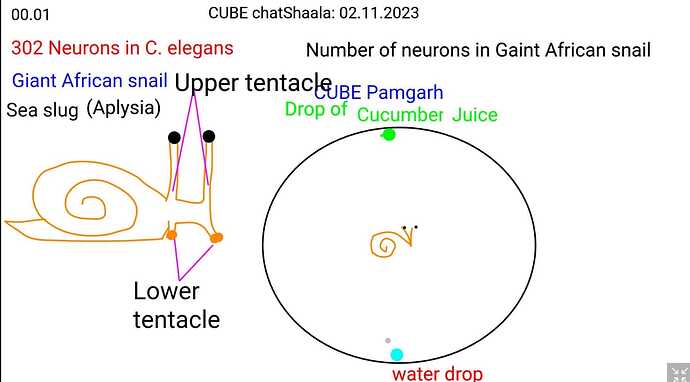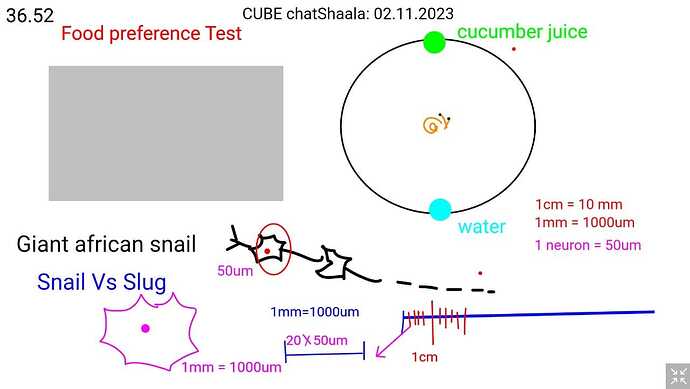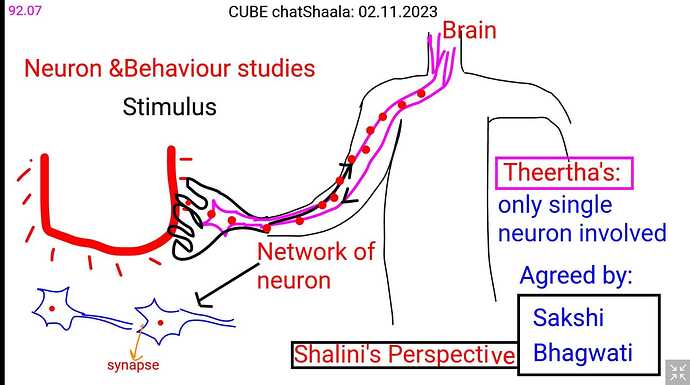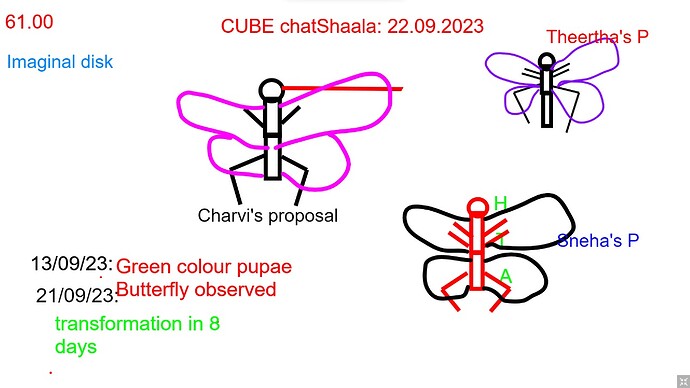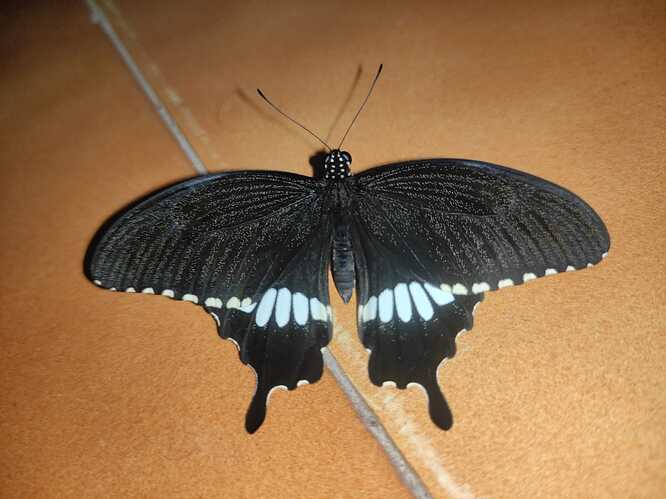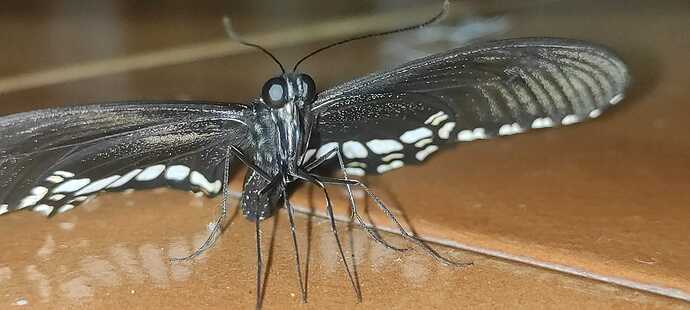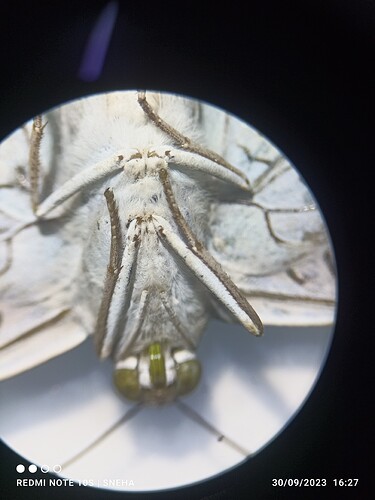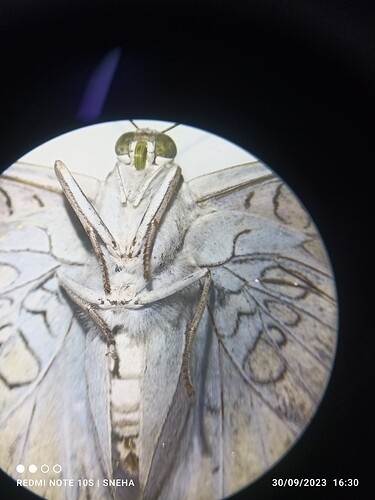1)Diffusion and osmosis.
Photo : Theertha, Homelab Cherukkad
What will happen if we soak a dried grapes in a water for three days !?
Which one is the solute &solvent in this case !?
Most of us might think diffusion is the movement of only solute from a high concentration to a
lower concentration region, and osmosis is the movement of the solvent from a high concentration
to a lower concentration through a semipermeable membrane.
But these confusions were addressed in one of the Chatshaala sessions and the follow-up
discussion where Shalini, Shraddha, Theertha (myself), Dr. Chitralekha, Rahul, Arunan sir, and
Himanshu tried to resolve them.
Later on discussions I understood that ,
Diffusion and osmosis
Osmosis is a type of diffusion.
We can also talk in terms of a gradient.A gradient can be in terms of concentration, pressure, etc.,
simply an energy.
Diffusion is not limited to solute. Other than diffusion, it can be the movement of both solute and
solvent from a higher concentration to a lower concentration.
If a semipermeable membrane is present, that is the case for osmosis.
Reverse osmosis is the process in which water purification occurs. Where solvent molecules
move from lower to higher concentration through a semipermeable membrane with external
pressure.
Diffusion has two types:
Simple diffusion: movement of solute and solvent from a higher concentration to a lower
concentration.
Facilitated diffusion: Here, carrier proteins are involved in the movement of solute and solvent
from a higher concentration to a lower concentration.
That was a very involved discussion in a WhatsApp group. Later, we clarified the concepts of
diffusion and osmosis.
Summary of the WhatsApp group discussions:
@shalinisharma98 @Shraddha276 @Chitralekha @Rahul & others
Osmosis is the diffusion of solvent through a semipermeable membrane. If the membrane allows
solutes to diffuse too, then it is called a differentially permeable membrane. The plasma
membrane is a differentially permeable membrane. In the case of raisins, the solutes are the
sugars, etc. present in the raisins, and the solvent is water. There is a simple diffusion of water
and also solutes (after some time, the water tastes sweet), and not osmosis, as there are no intact
membranes (the drying has damaged the membranes). Since the diffusion of water into raisins will
continue until equilibrium is reached, raisins swell. All biological membranes are differentially
permeable. Semipermeable membranes can be created artificially. Diffusion involves the
movement of both solute and solvent molecules, whereas osmosis involves the movement of only
solvent molecules.
Reverse osmosis: Molecules with higher free energy move toward molecules with lower free
energy. In a solution, the free energy of water molecules is decreased because the movement of
water molecules is restricted by the presence of dissolved solutes. So when such a solution is
separated by a semipermeable membrane from water without dissolved solutes where the free
energy of water molecules is higher, these higher energy water molecules will diffuse towards the
lower energy water molecules in the solution (osmosis). When pressure is applied to water with
dissolved solutes, the free energy of water molecules increases, and the minimum pressure
required to equalize the free energy of water molecules in the solution with that of water
molecules without the dissolved solutes and prevent any osmosis from occurring is called the
osmotic pressure. If more pressure is applied to the solution, the free energy of water molecules
in the solution increases as compared to that of water without the solutes, and water from the
solution moves towards pure water (reverse osmosis).
The free energy of water molecules in the solution is inversely proportional to the concentration of
solute. The more the number of dissolved solute molecules, the more energy is spent by water
molecules to maintain the solute molecules in a dissolved state, and so less is the free energy
available with the water molecules. Water molecules spend free energy in holding the solute
molecules in a dissolved state.
Even without a concentration gradient, molecules are in motion due to kinetic energy. So, water
molecules from the solution as well as pure water tend to move across the membrane. As long as
solute molecules are present, water molecules have lower energy, and there will be a net (more)
movement of molecules towards the solution side. Equilibrium will not be reached if the membrane
is semipermeable and doesn’t allow solute molecules to move across the membrane.
2)Millimeter, Micrometer in the context of pollen grain measurements.
Photo : @Susanta_Tanti
Cube Sapekhati HSS
A simple method used by 8th standard cubist for measuring pollen grain.
- Take some pollen grain on a Scale instaed of Slide.
- Observe under Microscope.
- Take a photo with a mobile phone under Microscope.
- Place a milimeter scale on the photo (mobile screen) .
- Find the ratio of the photo and actual scale.
- Find the size of the pollen on actual in mm scale.
- Calculate the ratio of pollen with scale.
- Convert to micro meter.
Date: 16th Oct 2023 specimen Papaya Cubists : Biswayini, Himakshi
The discussion went on until Teacher’s Day.
Susanta sir introduced a new way of learning
measurements in pollen morphology. The context was very simple for a 7th standard student to
convert cm to mm to microns and vice versa, but I noticed that Lakshmy, Shraddha, Khushi, and
all others got stuck there.
Metastudio link
https://metastudio.org/t/gaps-and-misconceptions-on-measurement-especially-to-connect-
microns-to-millimeters-as-in-the-measurement-of-size-of-pollen-grains/14737/5
As I mentioned, that Chatshaala discussion was on Teacher’s Day! Why are we not clear about
some basics and how can a cube help us overcome that?
This was the write-up that came into the picture during Teacher’s Day, made by @lakshmy.
****I understand that what I learned from school and college is just an outline.
I just mug up the text books and write the exams and get marks. I didn’t even think beyond that. I
was not that much confident to ask questions to teachers.
But after coming to CUBE it was changed . I understand how to study.We should look around
nature and ask questions? The daily chatshala is a real classroom. I cleared many concepts here.
Like how to measure in micrometer!!!
I understand from yesterday chatshala the genetic engineering that i learned from college is not
well taught to us!!! I still don’t know what is the exact process. How it is exactly doing. How this
Agrobacterium is transferring gene of interest to the plant tissues.
When I was going to attend some interviews they ask some basic questions but I couldn’t able to
answer that. What I understand is that even after completing MSc my concepts are not cleared.
Even in colleges the practicals are not well teach. Like electrophoresis, PCR, Tissue culture , how
to identify a plant or animal, what is a seed and all.
Also biostatistics like how to find out standard deviation and all. We don’t know the practical use
of such equations. The way of teaching should change. That what I understand from my 17 years
of school and college life.
I am learning now still … I will continue.In chatshala what I like is that there are people with
different opinions come together and we are constructing knowledge.Thank you for all the CUBE
members for being a teacher to all of us.****
That was a well explained writeup by @lakshmy .
From my point of view, most of the Cubists must face this during Chatshaala discussion. Of
course, yes, I am one of them. Some basic things we are not much aware of. But now I understand
the problem was not in the class; it was in me and my mindset. Why are we learning? If the answer
changes to understanding the processes that surround us, that makes the whole difference.
Keeping that in my mind, I learn about the gaps and misconceptions of measurements in that
Chatshaala discussion.
3)Water (H2O) and dissolved oxygen.
What is dissolved oxygen? Cubists got stuck there. Is the oxygen in water molecules named as
dissolved oxygen? That was the main confusion that Cubists came
Chintan, Diksha, Shalini, Jaikishan, Dr. Dineesh, and Naveen were all actively discussing in
WhatsApp groups.
As we know, aquatic organisms like fish use dissolved oxygen to breathe. This oxygen is dissolved
in water and not the O2 atoms in water molecules. Water involves a covalent interaction between
two hydrogen molecules and one oxygen molecule.
3)Biotechnology - Plant tissue culture and floral dip method:
Photo @Shraddha276
Whiteboard screenshots of Chatshaala regarding floral dip in cardamine.
There are several gaps in conventional plant tissue culture methods.
Cubists are trying to fill them using in the floral dip method. One of the major questions raised in
Chatshaala was the role of detergent in the floral dip method.
I thought the role of detergent was to break the cell membrane (previously, I thought it was the
cell wall), thereby allowing cell lysis to occur. However, Chitralekha ma’am says it is not for that; it
might have another function. Later, I came up with these findings:
When I searched for the references, the keywords used were “Role of detergent in plant tissue
culture.”
Detergent is used as a sterilization agent
Wash the prepared plant material in a detergent-water mixture for about 20 minutes. This will help
remove fungi, etc., and the detergent will wet the material and remove air bubbles that may be
trapped between tiny hairs on a plant.
Detergent Lysis
Since the cell membrane is a bilipid layer made of both hydrophobic and hydrophilic molecules,
detergents can be used to disintegrate them. Detergents are capable of disrupting lipid–lipid,
lipid–protein, and protein-protein interactions.
Reference
%20to%20disintegrate%20them
Still, my doubt is if we are using detergent for sterilization in plant tissue culture, is it possible to
break the cell membrane of the plant too?
5)Neurons and Ganglia:
Whiteboard screenshots of Chatshaala Discussions.
In the context of snails, we discussed the response of touch in snails. How do snails respond to
touch? @charvi says snails may have memory. Later, we came into the discussion of the Nobel
prize in Eric Kandel on slugs.
@charvi says ganglia are the basic units of the nervous system in snails, whereas neurons are the
basic units of the nervous system in humans.
But Both snails and humans have neurons as a basic unit.
6)Parts of a butterfly:
Cubists tried drawing more than 3 pictures of a butterfly on the whiteboard in Chatshaala, which
means we were confused about the parts of a butterfly.
A butterfly has 3 pairs of legs and 2 pairs of wings emerging from the thorax. But Charvi, Sneha,
Khushi, Shraddha all had that sort of confusion.
Pictures of Common mormon from CUBE HOmelab , Cherukkad, Kozhikode.
Photo taken by @sneha mourya
But later, I came to know that the family of butterflies, like members of the diverse butterfly
families Nymphalidae (brush-footed butterflies) and Riodinidae (metalmarks), have reduced first
thoracic limbs and only use two pairs of legs for walking.
se%20butterfly,pairs%20of%20legs%20for%20walking
